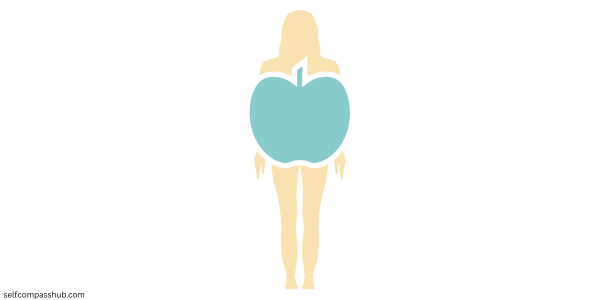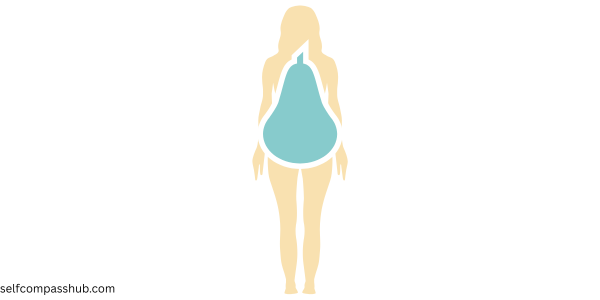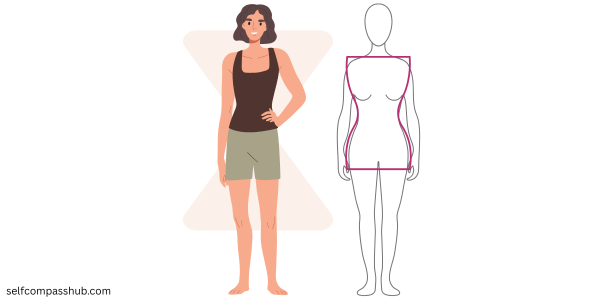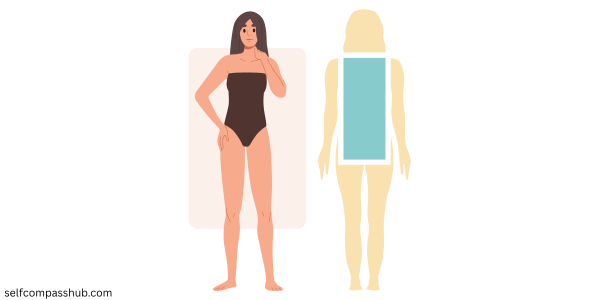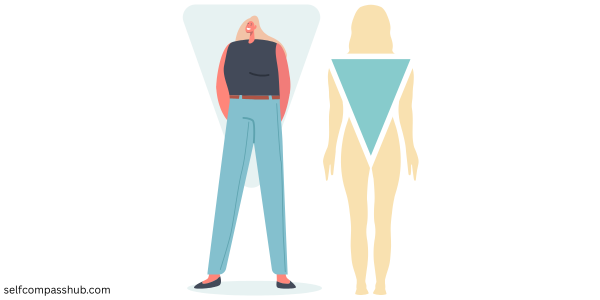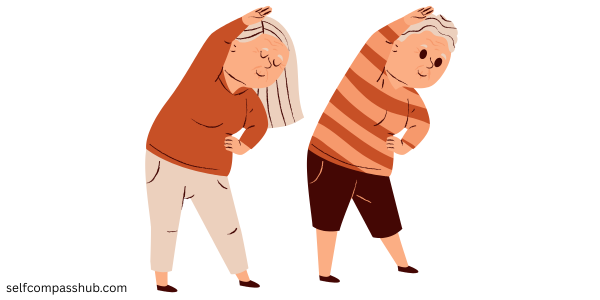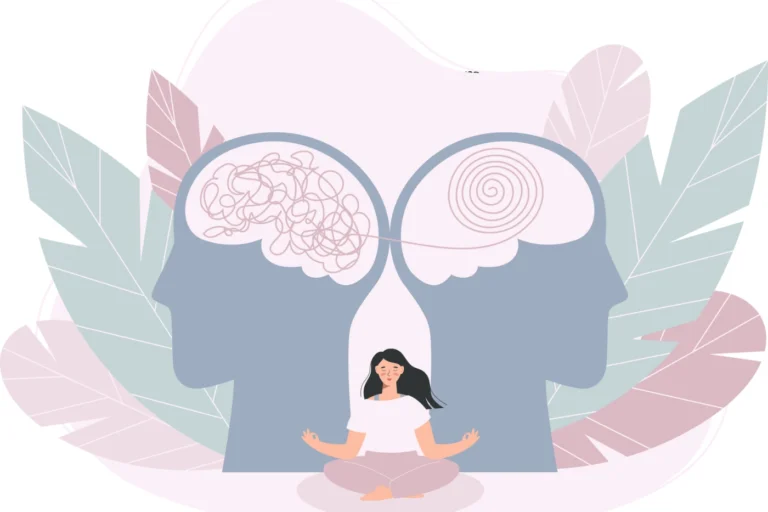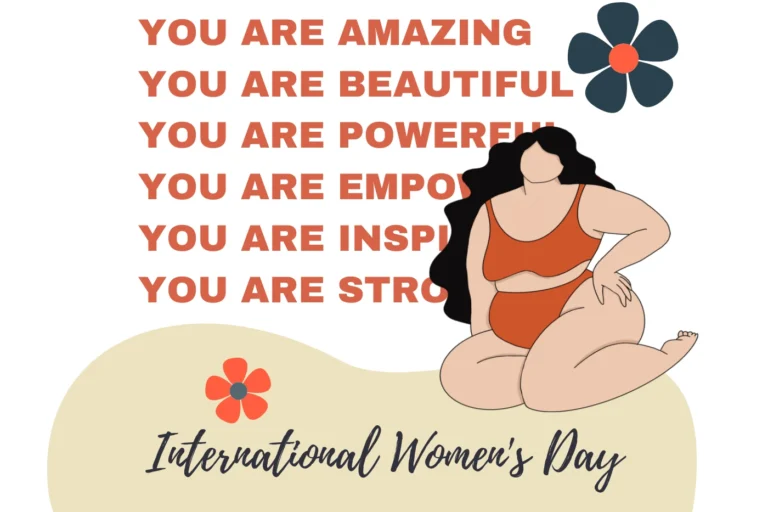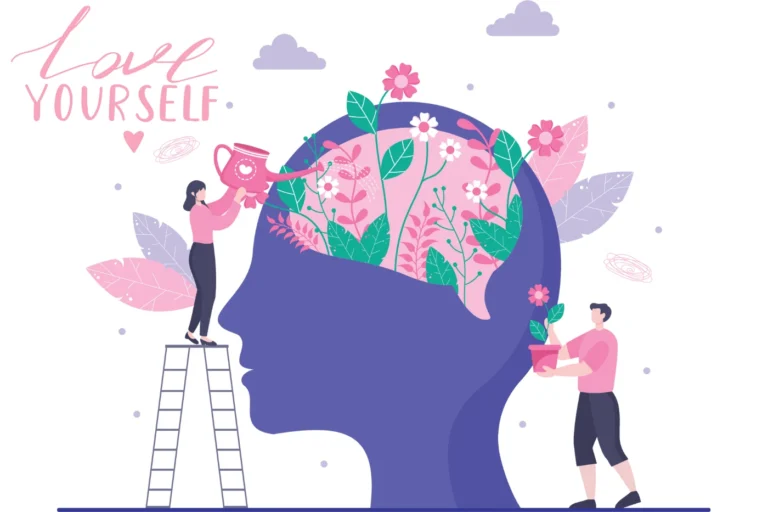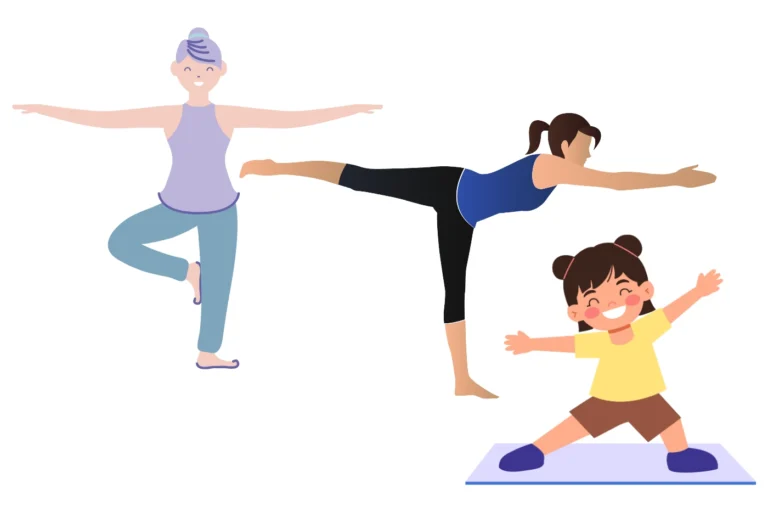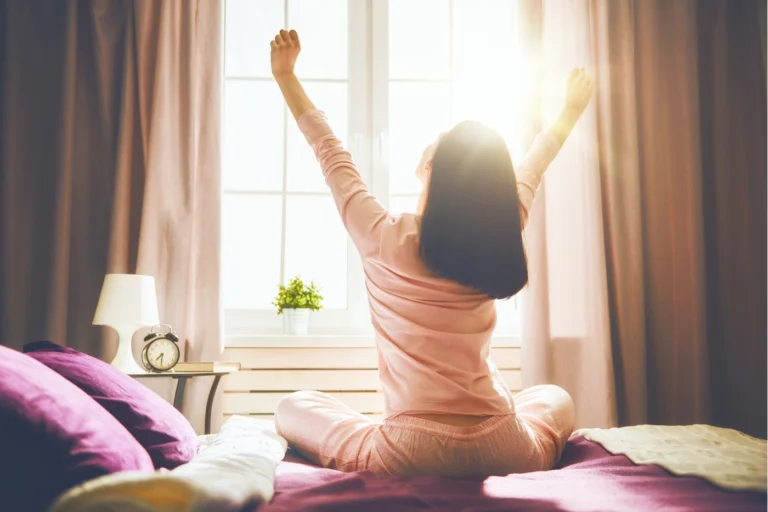Understanding your unique body type isn’t just about fashion – it’s an essential component of self-care and holistic wellness.
When we recognize and appreciate our natural body structure, we can make more informed choices about nutrition, exercise, and personal style that truly complement our individual needs.
This guide explores the main female body types from a health and wellness perspective, offering practical insights to help you nurture your body in ways that honor its natural tendencies.
Remember that these classifications are simply guidelines – many women have blended characteristics, and your body may change throughout different life stages.
The Science Behind Body Types
Our body shapes are primarily determined by:
- Genetics: The strongest influence on your basic skeletal structure and fat distribution patterns
- Hormones: Affect where you store fat and build muscle
- Lifestyle: While you can’t change your fundamental frame, your habits influence muscle tone, body fat percentage, and overall health
Common Female Body Types
Apple Shape
Characteristics:
- Weight tends to distribute around the midsection
- Often has slender legs and arms
- May have a fuller bust
- Typically has a less defined waist
Health Considerations:
- May be more prone to carrying visceral fat (the kind surrounding organs)
- Focusing on heart health can be particularly beneficial
- Often benefits from regular cardiovascular exercise
Wellness Tips:
- Incorporate core-strengthening exercises like Pilates and yoga
- Focus on anti-inflammatory foods and complex carbohydrates
- Regular cardio sessions help maintain healthy circulation
- Strength training for the whole body creates balance
Pear Shape
Characteristics:
- Narrow shoulders and upper body
- Weight typically distributes in hips, thighs, and buttocks
- Usually has a defined waist
- Often has proportionally smaller bust
Health Considerations:
- Tends to carry subcutaneous fat (under the skin) rather than visceral fat
- Generally associated with lower cardiovascular risks
- May have stronger lower body naturally
Wellness Tips:
- Balance lower body strength with upper body training
- High-intensity interval training can be effective for overall toning
- Focus on posture-improving exercises for spine alignment
- Plenty of protein to support muscle development throughout the body
Hourglass Shape
Characteristics:
- Balanced shoulders and hips
- Defined waistline
- Proportional bust and hip measurements
- Weight distributes evenly throughout the body
Health Considerations:
- Often maintains proportional fat distribution when gaining weight
- May need to focus on overall toning rather than spot reduction
- Regular exercise important for maintaining natural curves
Wellness Tips:
- Full-body workouts that maintain natural proportion
- Core exercises to maintain waist definition
- Strength training to preserve muscle tone throughout the body
- Balanced nutrition approach with adequate protein for muscle maintenance
Rectangle/Straight Shape
Characteristics:
- Shoulders, waist, and hips have similar measurements
- Athletic or lean appearance
- Minimal curves
- Weight tends to distribute evenly
Health Considerations:
- Often naturally athletic and responsive to strength training
- May build muscle relatively easily
- Maintaining hormonal balance can support overall health
Wellness Tips:
- Focus on creating definition through targeted strength training
- Core exercises help define the waistline
- Healthy fats support hormonal function
- Varied workout routines prevent plateaus
Inverted Triangle Shape
Characteristics:
- Broader shoulders and/or bust
- Narrower hips
- Often athletic upper body
- Weight typically distributes in the upper body and midsection
Health Considerations:
- Usually has good upper body strength naturally
- May benefit from focus on lower body strength for balance
- Often responds well to cardio and strength training
Wellness Tips:
- Lower body strengthening exercises for balance
- Core training to create definition at the waistline
- Flexibility work to maintain full range of motion
- Balanced nutrition to support overall muscle development
Beyond Body Types: The Holistic Approach
While understanding your body type provides valuable insights, true self-care means looking beyond classifications. Consider these holistic aspects of body wellness:
Movement That Brings Joy
The best exercise is the kind you’ll actually do consistently. Explore activities that bring you joy – dancing, hiking, swimming, cycling, or whatever makes you look forward to moving your body.
Nutrition for Nourishment
Rather than restrictive diets, focus on nourishing foods that provide energy, support recovery, and contribute to long-term health. Listen to your body’s hunger and fullness cues.
Mindful Body Awareness
Develop a positive relationship with your body through mindfulness practices. Regular body scans, gentle stretching, and appreciating what your body can do fosters self-compassion.
Hormonal Health
Your hormonal balance affects everything from energy levels to weight distribution. Prioritize sleep, manage stress, and consider working with healthcare providers to optimize hormonal health.
Embracing Change
Our bodies naturally change throughout our lives – through adolescence, pregnancy, perimenopause, menopause, and aging. These transitions deserve compassion and adjusted self-care practices.
Remember that your body is not a project to be fixed but a partner in your life journey. The goal of understanding your body type isn’t to fit into an ideal but to provide your unique body with what it needs to thrive.
Conclusion
When we approach body awareness from a health perspective rather than purely aesthetics, we open the door to genuine self-care. Understanding your natural tendencies allows you to work with your body, not against it.
Your body type is just one aspect of what makes you uniquely you. By honoring your natural shape while pursuing overall wellness, you create a foundation for lifelong health that goes far beyond appearance.

